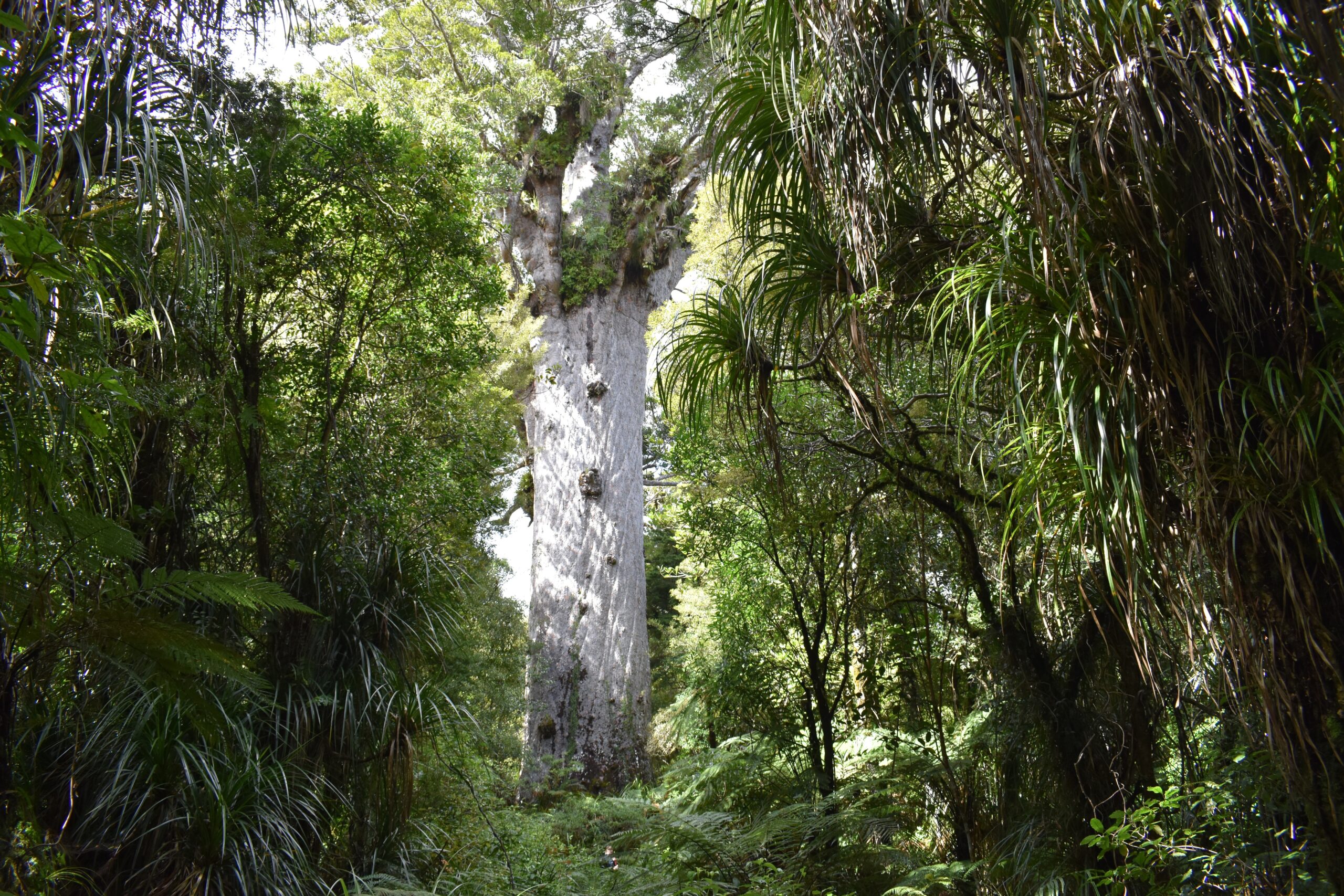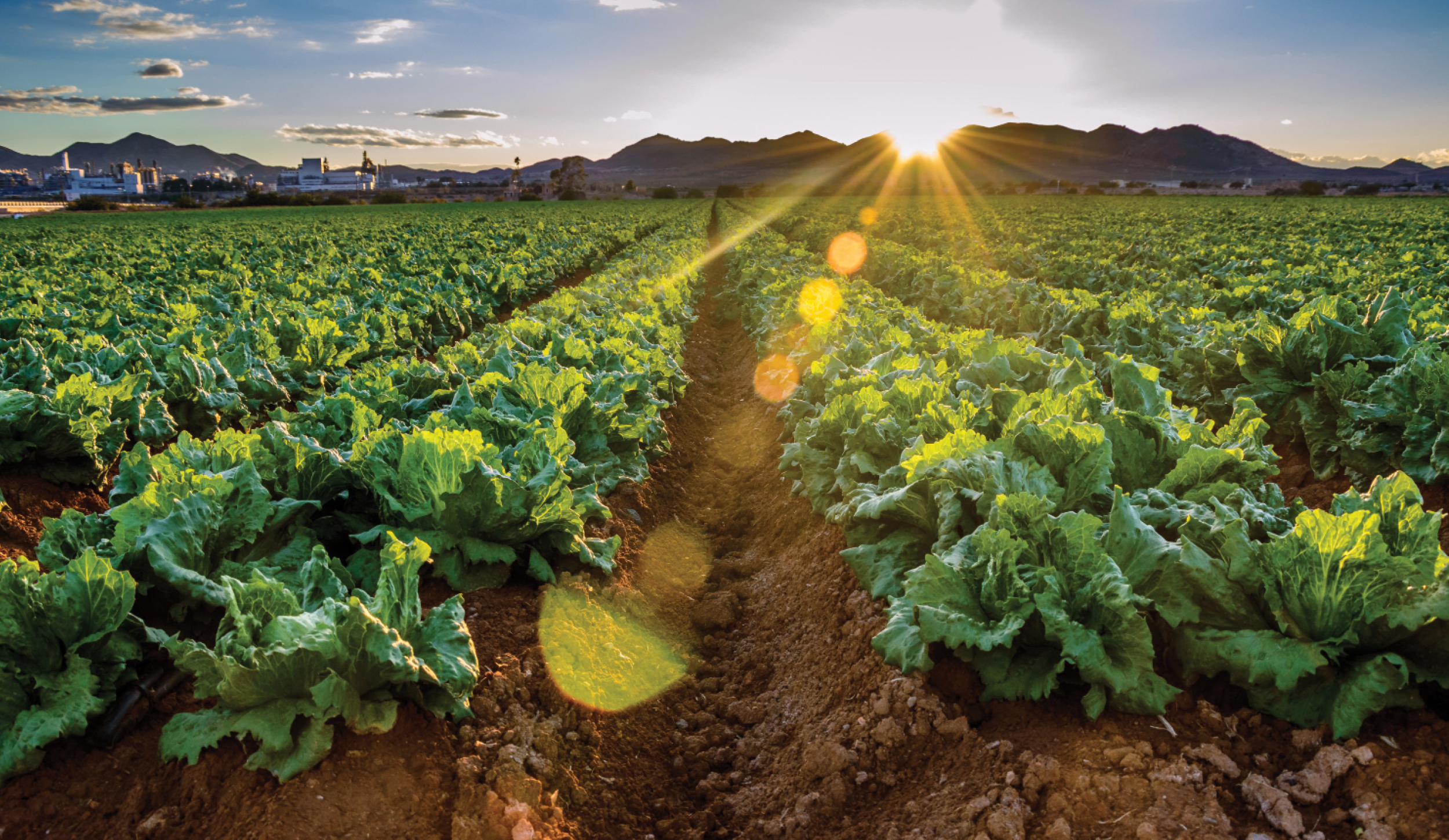Understanding the role that trees like Kauri, Awhi Awhi play in our daily lives.
Forests provide us with many goods and services that support human life. They absorb CO2 as they grow and trees store this carbon in their stems, branches, leaves and roots.
Forests also play an important role in the water cycle, as transpiration is one of the major pathways through which water returns to the atmosphere after rain.
Trees are important for flood mitigation because they collect rainfall on their leaves and buffer water flow through the landscape. Tree roots are also important for binding the soil and preventing erosion.
“Kauri forests are particularly valuable because they are amongst the most carbon-dense forests in the world. A single tree can store vast amounts of carbon and will also use large volumes of water each year,” says Dr Cate Macinnis-Ng, a senior Biological Sciences lecturer at Auckland University.
“To determine the amount of water and carbon a tree uses, we need to know the size of the tree. Awhi Awhi has a diameter at breast height (DBH) of 137cm. Trees of this size generally grow to 40m or more. For this estimate, we have assumed a height of 30m.
Annual water use
The University of Auckland is currently measuring transpiration in kauri trees at the University of Auckland Huapai Scientific reserve. Data has been collected over four years and there is a strong relationship between tree size and the amount of water the tree uses. Based on this relationship (unpublished), a tree of 137cm DBH will use more than 47,000 litres of water each year.
If we assume a bathtub holds 132 litres of water, Awhi Awhi uses more than 350 of these bathtubs per year. All of this water will be removed from the soil, thereby reducing the incidence of water logging and floods.
Carbon storage
The amount of carbon stored in a tree is based on the diameter of the trunk and the height of the tree. Following analysis, it is estimated that 5.78 tonnes of carbon are stored by this single tree in above-ground biomass. This does not include roots or leaves and branches of less than 10cm diameter.
“The general rule of thumb is that half of a tree’s biomass is stored underground so we can be confident that Awhi Awhi stores over 11 tonnes of carbon in roots, leaves, branches and stem,” says Macinnis-Ng.
“In order to calculate the number of trees needed to replace this amount of carbon, I assumed that 20-year-old trees have a DBH of 20cm and a height of 15m. Trees of this size only store 72kg of carbon above ground, so 80 trees this size are required to replace a single tree the size of Awhi Awhi.”
Biodiversity value
A tree of Awhi Awhi’s size is mature enough to support communities of epiphytes, invertebrates, fungi and microbes. More than 40 species of epiphytes (plants that grow above the ground) have been identified on Tane Mahuta and it is likely that Awhi Awhi would support a similar number in centuries to come, in addition to many species of insects, spiders, mites and other small organisms.
Kauri are habitat for reptiles; kauri cones are an important food source for kaka and other parrots, and weta. As the tree ages, it will provide more habitat for birds as hollows form.







